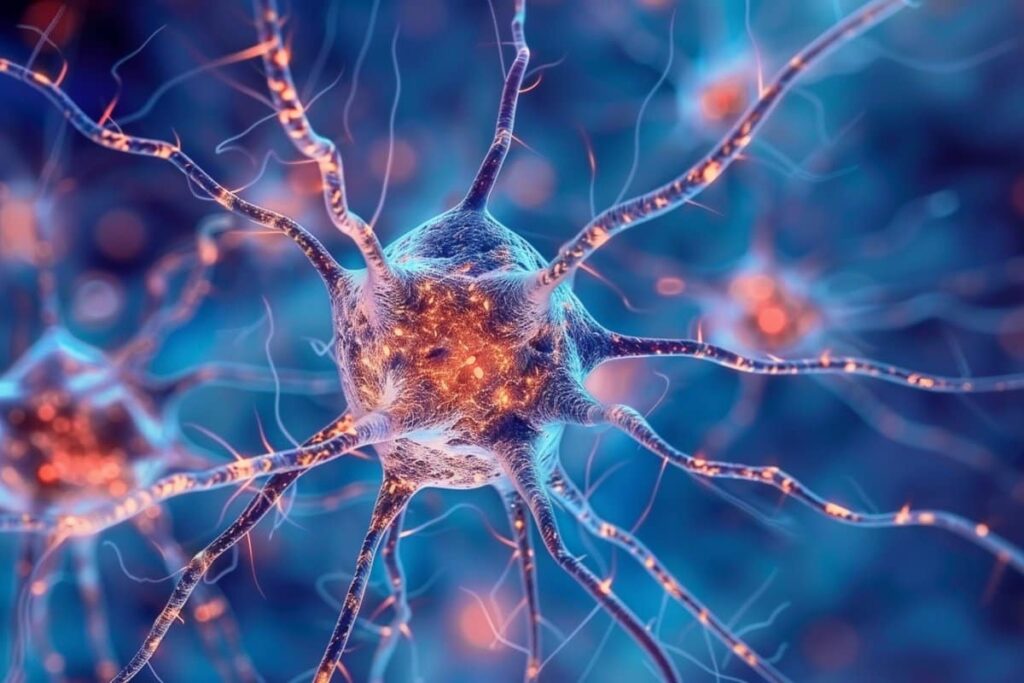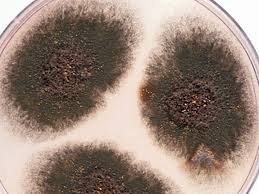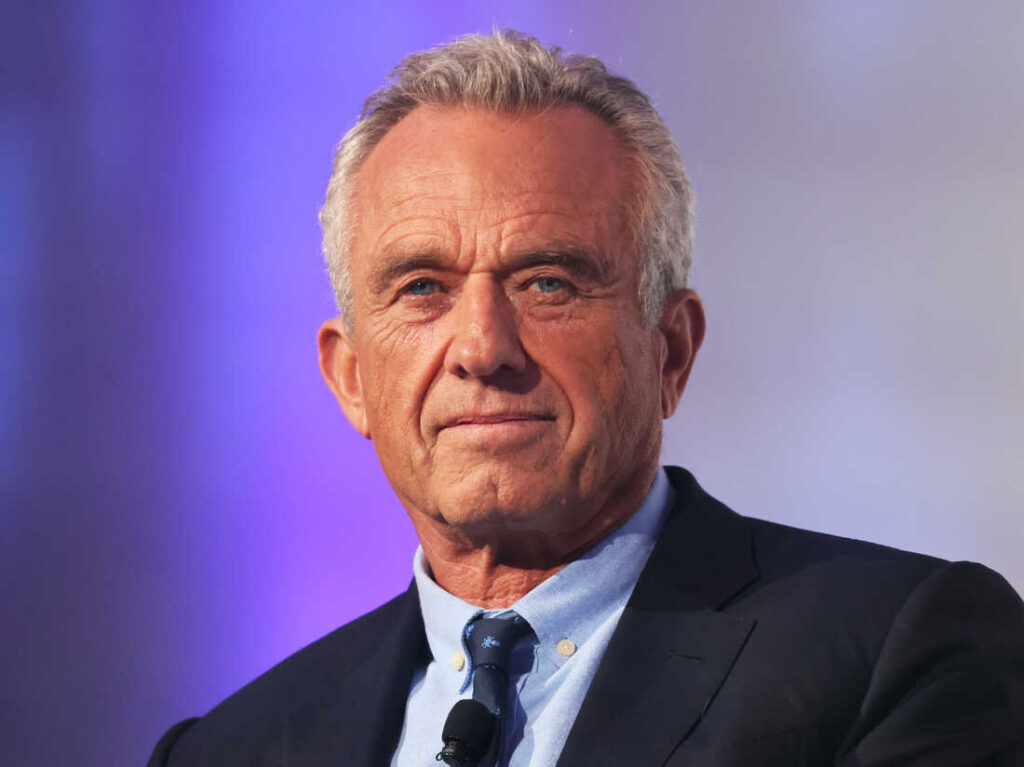In a discovery that could reshape how scientists understand brain development and aging, researchers have found compelling evidence that the human brain continues to generate new neurons well into adulthood.
The findings, published July 3 in the journal Science, suggest that neurogenesis—the process of creating new neurons—occurs in the hippocampus, a region of the brain crucial for learning, memory and emotion regulation.
“In short, our work puts to rest the long-standing debate about whether adult human brains can grow new neurons,” said co-lead author Marta Paterlini, a researcher at the Karolinska Institute in Stockholm, in an email to Live Science.
The study utilized advanced technologies including single-nucleus RNA sequencing and machine learning to analyze brain tissue samples from international biobanks. The team examined more than 400,000 hippocampal cell nuclei from 24 individuals, ranging in age from newborns to 78 years old. They also analyzed tissue from an additional 10 brains using separate methods.
The researchers found dividing precursor cells—early-stage neurons—in teenagers and adults, not just in children. These cells were located in the same hippocampal regions where animal studies have shown adult neurogenesis to occur.
“We didn’t just see these dividing precursor cells in babies and young kids—we also found them in teenagers and adults,” Paterlini said. “These include stem cells that can renew themselves and give rise to other brain cells.”
Dr. Rajiv Ratan, CEO of the Burke Neurological Institute at Weill Cornell Medicine, who was not involved in the study, called the results “strong evidence” for adult neurogenesis.
“This is a perfect example of great science teeing up the ball for the clinical neuroscience community,” Ratan told Live Science. “It’s clever work that overcomes some longstanding technical hurdles.”
The team’s use of fluorescent tags and machine learning allowed them to identify and track the precursor cells through various stages of development. Nine of the 14 adult brains analyzed with one technique showed signs of neurogenesis, while all 10 adult brains examined using a second method did as well.
For those that did not, Paterlini cautioned against drawing early conclusions. “It’s too soon to say why some adult brains lacked new cells—we need more data,” she said.
Experts say the findings could pave the way for deeper studies into brain health, aging, and disease.
“They were able to find these needles in a haystack,” said Dr. W. Taylor Kimberly, chief of neurocritical care at Massachusetts General Brigham, who was not involved in the study. “Once you detect them and understand their regulation, you can explore how they relate to conditions like dementia or cognitive resilience.”
Kimberly suggested future research could compare patients with Alzheimer’s disease to so-called “super agers” who maintain strong cognition into their later years.
Paterlini said the discovery offers hope for new therapeutic directions.
“Although the precise therapeutic strategies in humans are still under active research,” she said, “the very fact that our adult brains can sprout new neurons transforms how we think about lifelong learning, recovery from injury, and the untapped potential of neural plasticity.”



